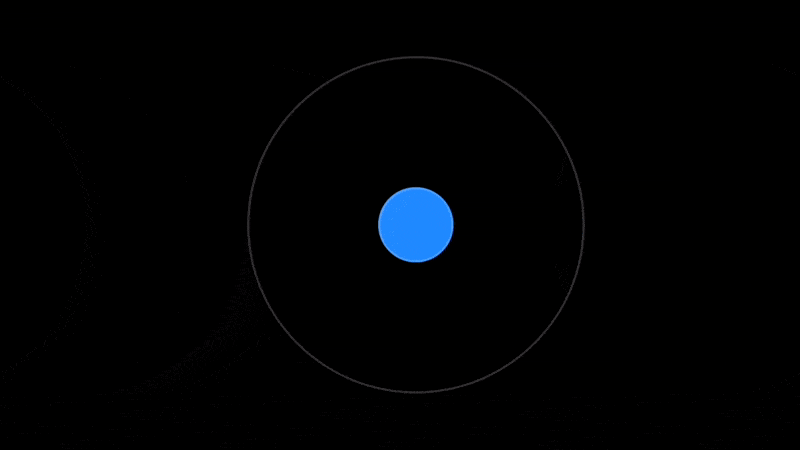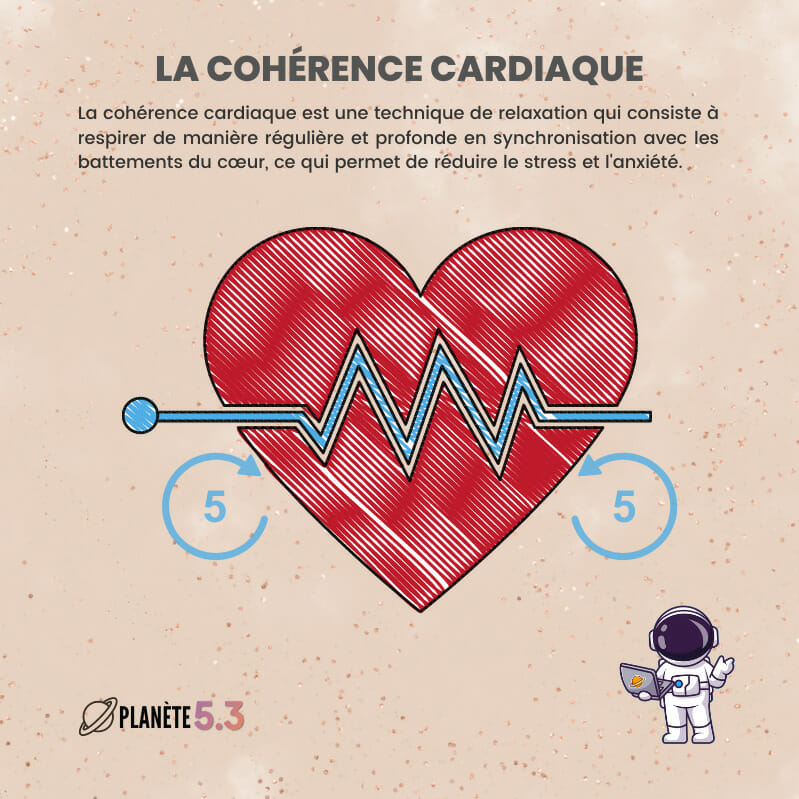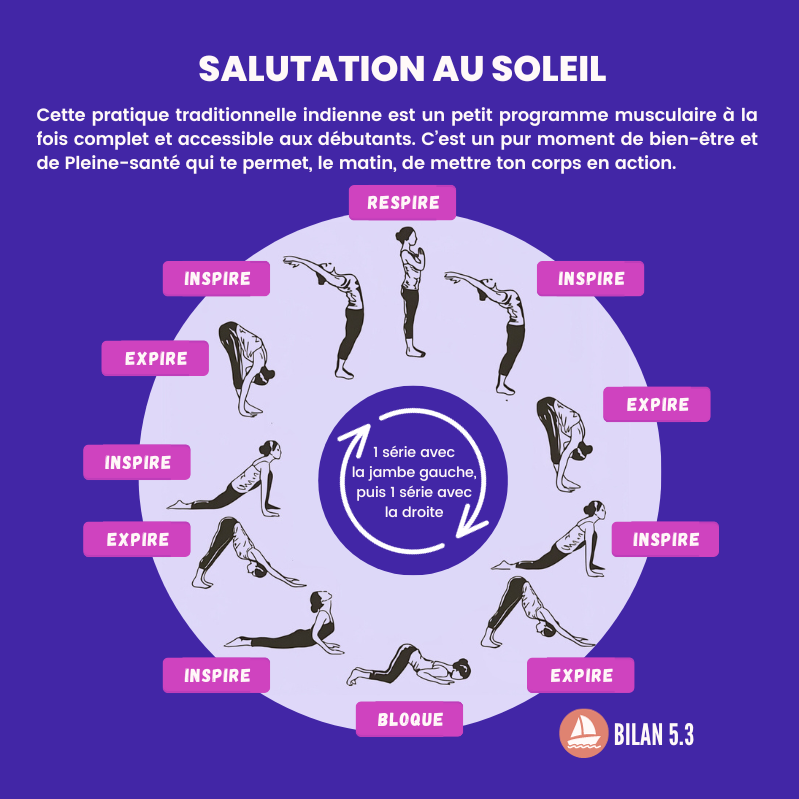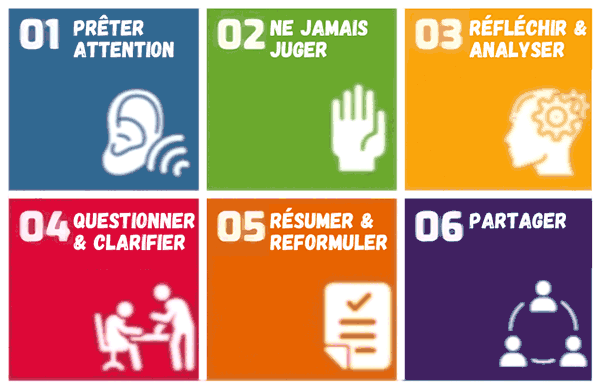Practice the cardiac coherence allows you to influence your heart rate. This practice, resulting from neuroscience research carried out in the United States at the end of the 1990s, is mainly used for its anti-stress effects.
There cardiac coherence assumes that the heart and the brain are in constant interaction. When the heart races, the brain follows and vice versa. As a result, a subject’s emotional state influences their heart rate. Once we have said that, how do we practice cardiac coherence?
What is cardiac coherence used for?
Very simple to learn and use, cardiac coherence has shown its beneficial impact on stress management, well-being and health physical, mental and emotional.
It plays an important role in the prevention of cardiovascular diseasesanxiety, depression and eating disorders. Effective against stress, it can even replace, in certain cases, the taking of anxiolytics or antidepressants.
— Announcement —
Cardiac coherence regulates and synchronizes other physiological rhythms (blood pressure, respiration), resulting in great energy savings for the body. It allows to refocus your emotionsof regulate your hormones and quickly soothes states of anxiety, anguish and stress. As it is extremely simple to practice, it provides immediate benefit.
Dr David Servan-Schreiber was the first Frenchman to talk about it in his work “ Heal stressanxiety, depression, without medication or psychoanalysis » published in 2003.
Want to try cardiac coherence?
In a situation of well-being, the average number of complete breaths (one inhalation followed by one expiration) is around 6 per minute.
6 full breaths per minute, this means that the respiratory cycle to adopt is approximately 10 seconds : 5 seconds of long, deep inspiration followed by 5 seconds of total expiration.
To practice cardiac coherence, you must modify your breathing to adopt this breathing rhythm (6 complete breaths per minute) for 5 minutes. And repeat the exercise 3 times a day.

- We lie down in bed, arms at our sides, eyes closed.
- Take a few deep, full breaths, taking care to lengthen your exhalation.
- Inhale deeply (around 5 seconds) imagining that the air is entering you not through your nostrils but through your heart. We let the breath invade us like a wind of tranquility.
- Then we exhale slowly (around 5 seconds).
- Little by little, brain activity aligns with the rhythm of breathing and brain activity calms down.
- We continue to breathe like this for 5 minutes, which corresponds to around thirty complete breaths.
The second step
In a second step, we imagine a peaceful feeling that enters the heart at the same time as the air. It can take the form we want: love, happiness, fullness, tenderness… The main thing is that it provides a real feeling of well-being.

After a few days of practice, breathing becomes instinctive and it is then possible to put yourself in a situation of cardiac coherence as soon as you wish.
If you want to test the cardiac coherence on meditative soundsconsult this video by Catherine Darbord. Above all, tell us about your experience in the comments…

















